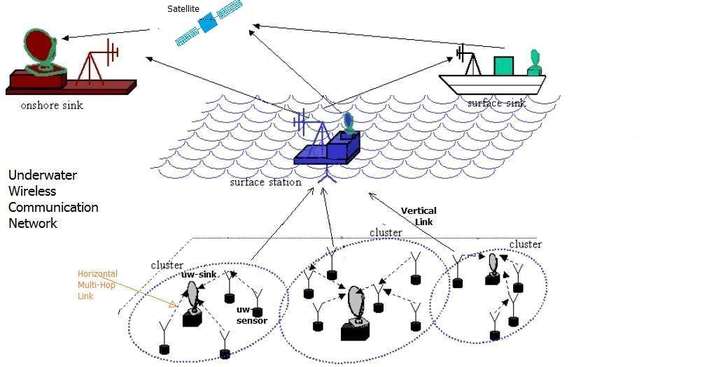Spectrum
Auction
5G
·
In
a meeting of the Digital communications Commission held on June 13,2019 it was
decided that the DoT will ask Trai to reconsider its recommendations on
spectrum auctions, including pricing and quantum of airwaves
·
On
5G trials, the DCC has agreed on single window clearance for auctions for
conducting 5G trials for a period of 1 year with a provision for extension.
·
DoT
is in the process of drafting the notice inviting applications or the bidding the document, which could be issued in October 2019 for spectrum auction likely to
be held in Dec 2019.
·
Phone
companies want the govt. to auction spectrum in the 26 GHz and 28 GHz bands
for 5G services in the upcoming sale, and suggested that the DoT urgently
seek the sector regulator’s views on pricing these premium airwaves.
·
India must
emulate US, South Korea, Japan and Hong Kong, who have already auctioned 28GHz
spectrum and started deployments without waiting for the International Telecom
Union to identify the band, given the increasing ecosystem around this
millimeter wave spectrum.
·
However,
presently both the 26 GHz and 28 GHz bands are being used for delivery of fixed
satellite services by Indian Space Research Organization
·
The
auction is expected to be India’s largest so far, with 8,293.95 MHz of airwaves
at an estimated total base price of Rs. 5.77 lakh crore expected to go under
the hammer
·
India
as at least a year behind compared to many other nations where the 5G rollout
has already started.
·
Ericsson
and SoftBank initiated joint proof of concept activities in 2015 and have
successfully expanded their collaboration to include 5G testing of multi-bands,
including 28GHz and 4.5 GHz
·
On
June 4, 2019 Nokia confirmed that it had inked 42 commercial 5G deals with
operators around the world, including T-Mobile and Telia Company.
